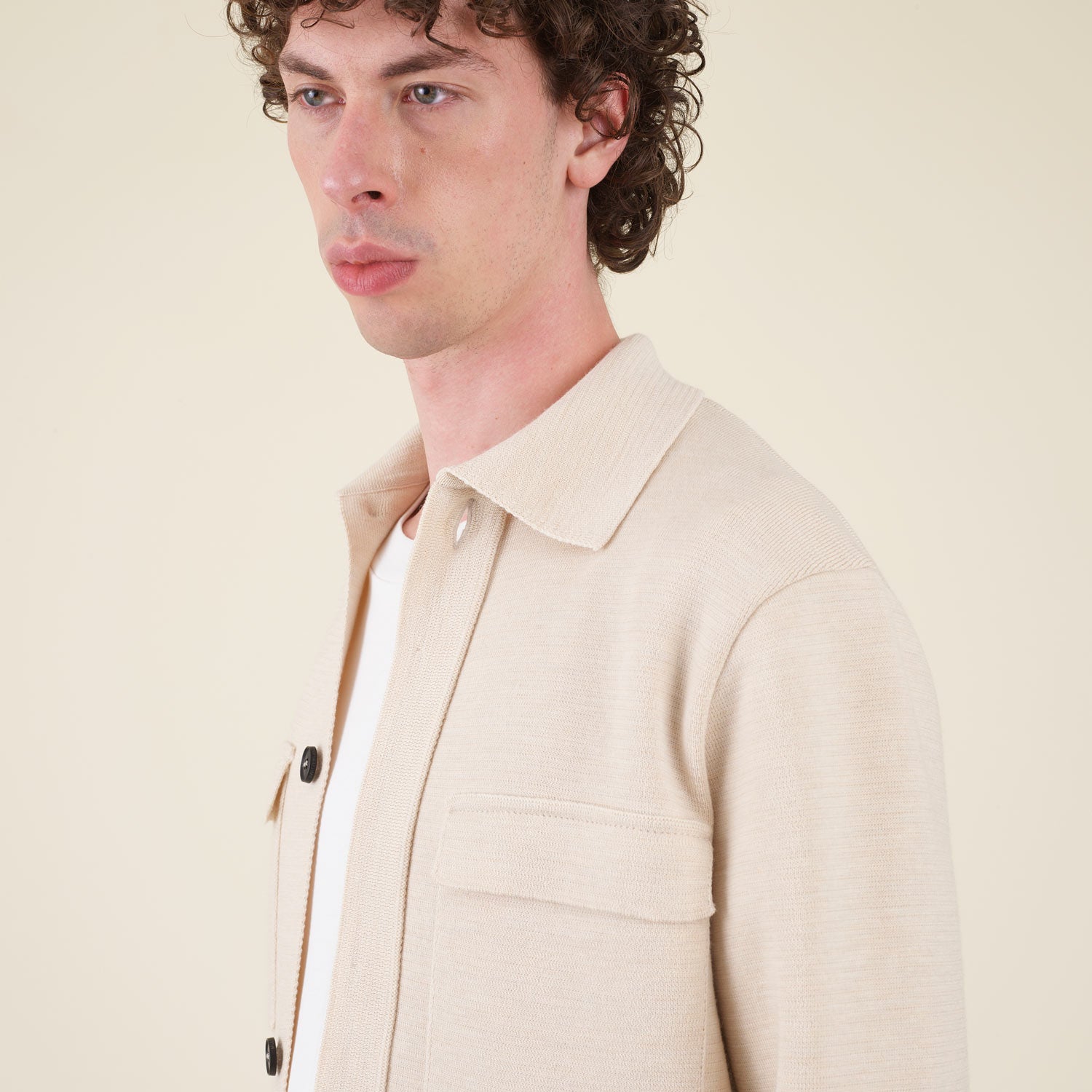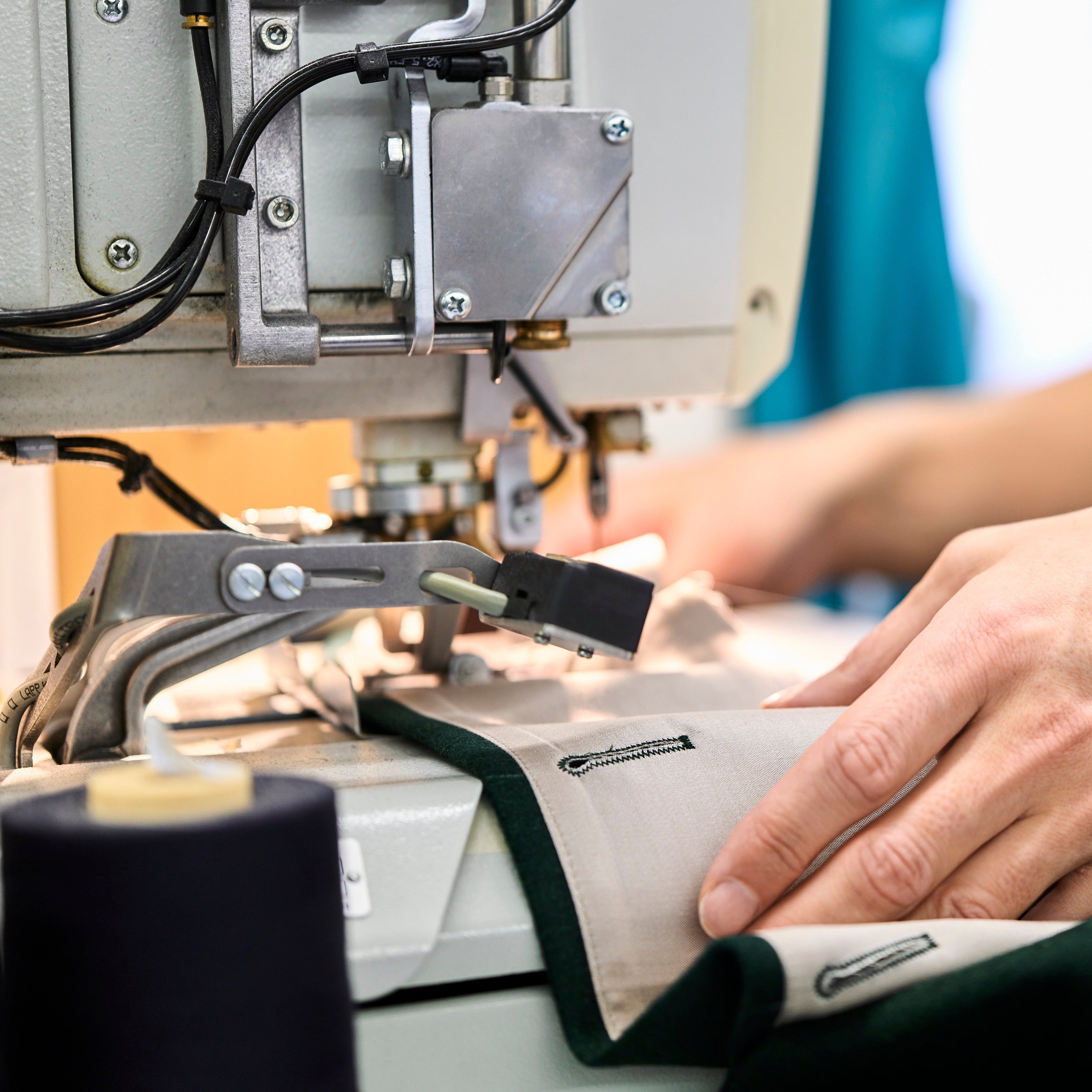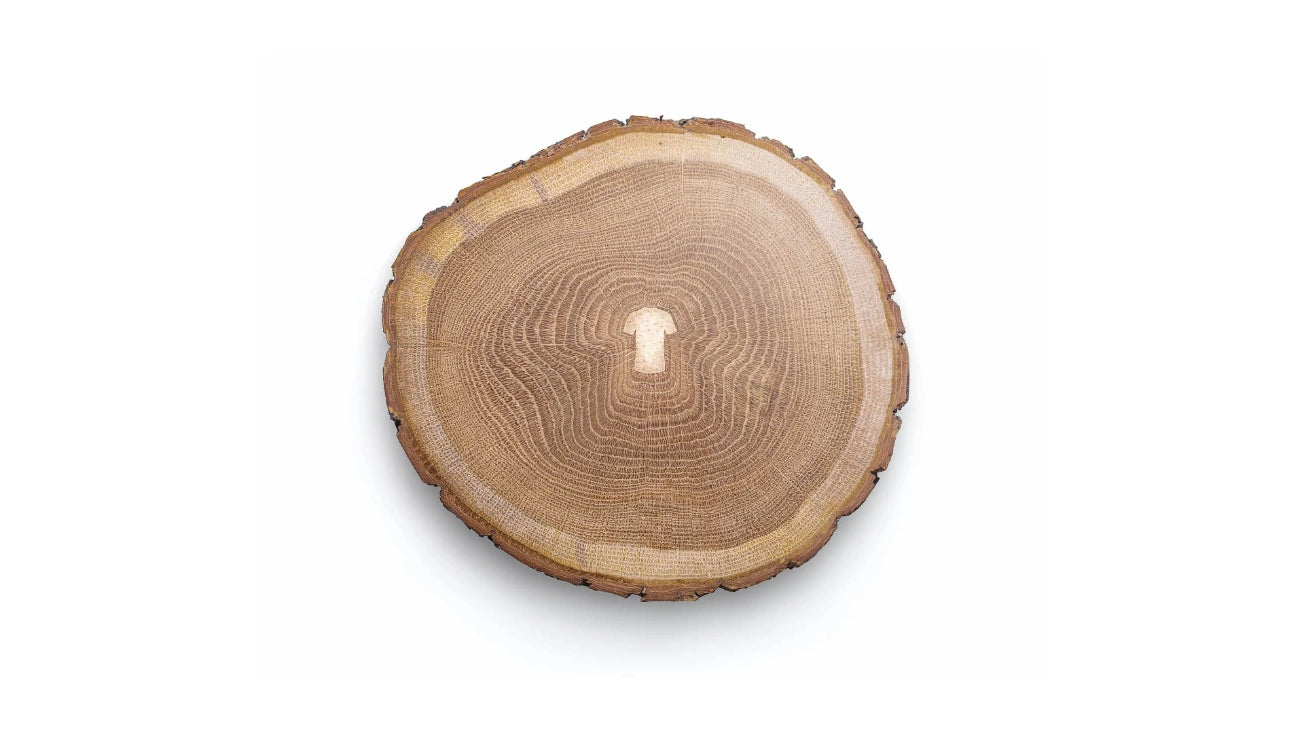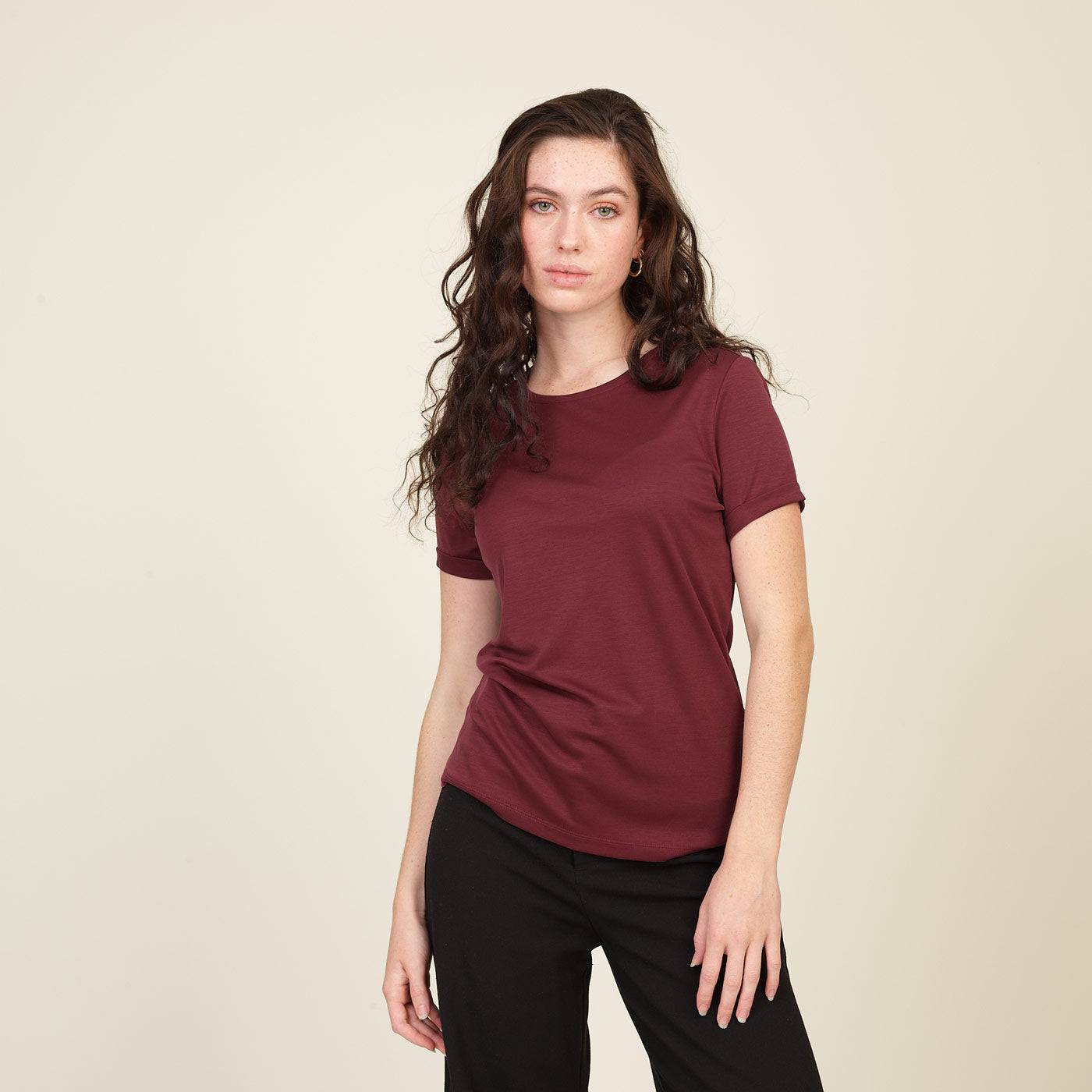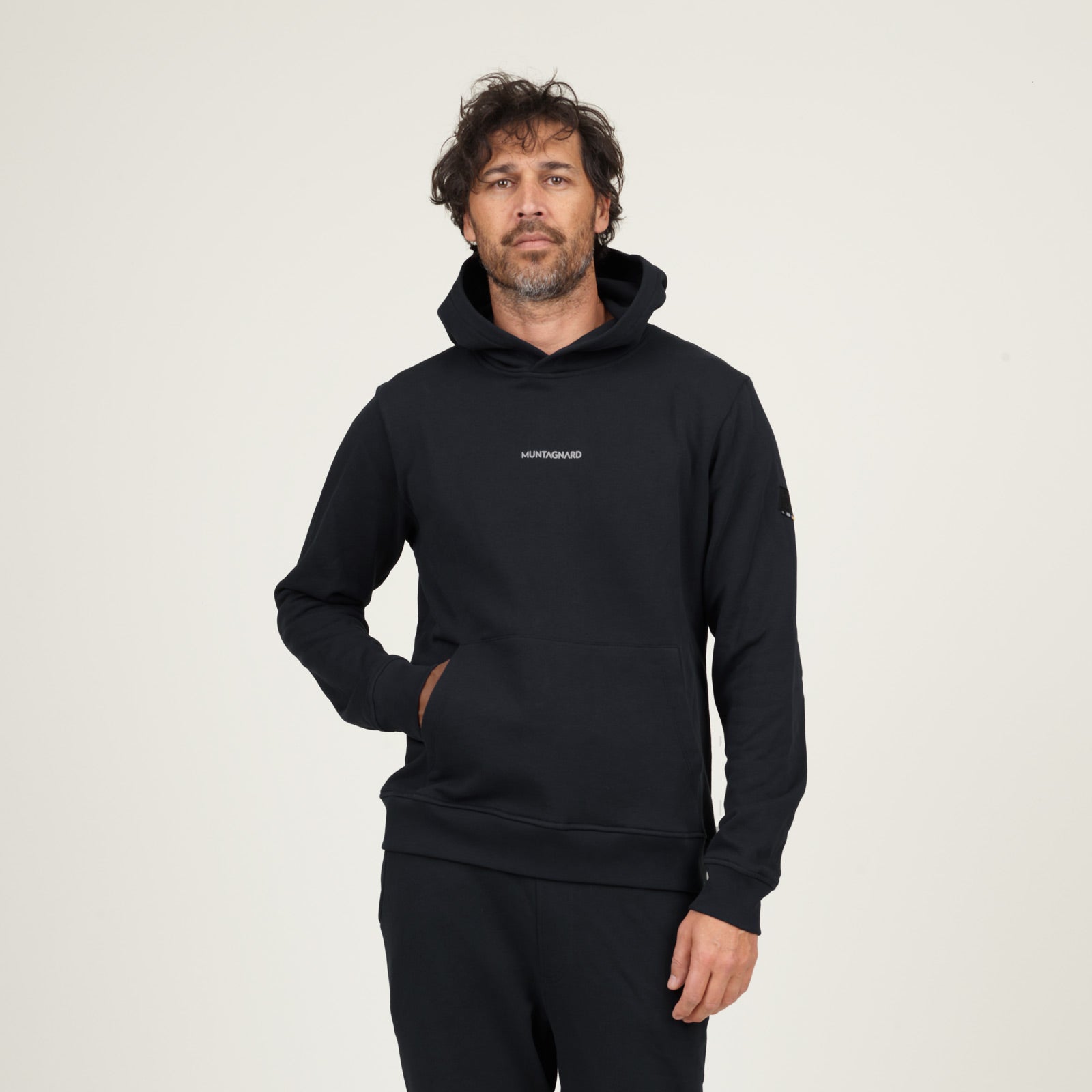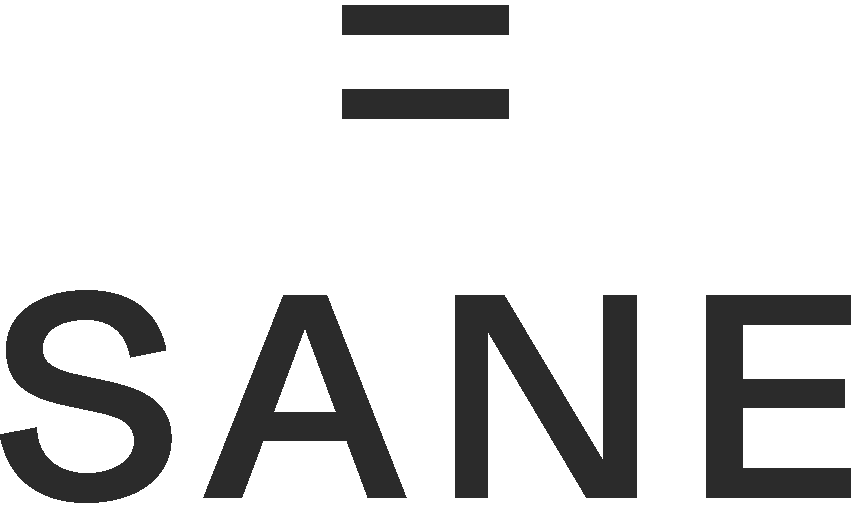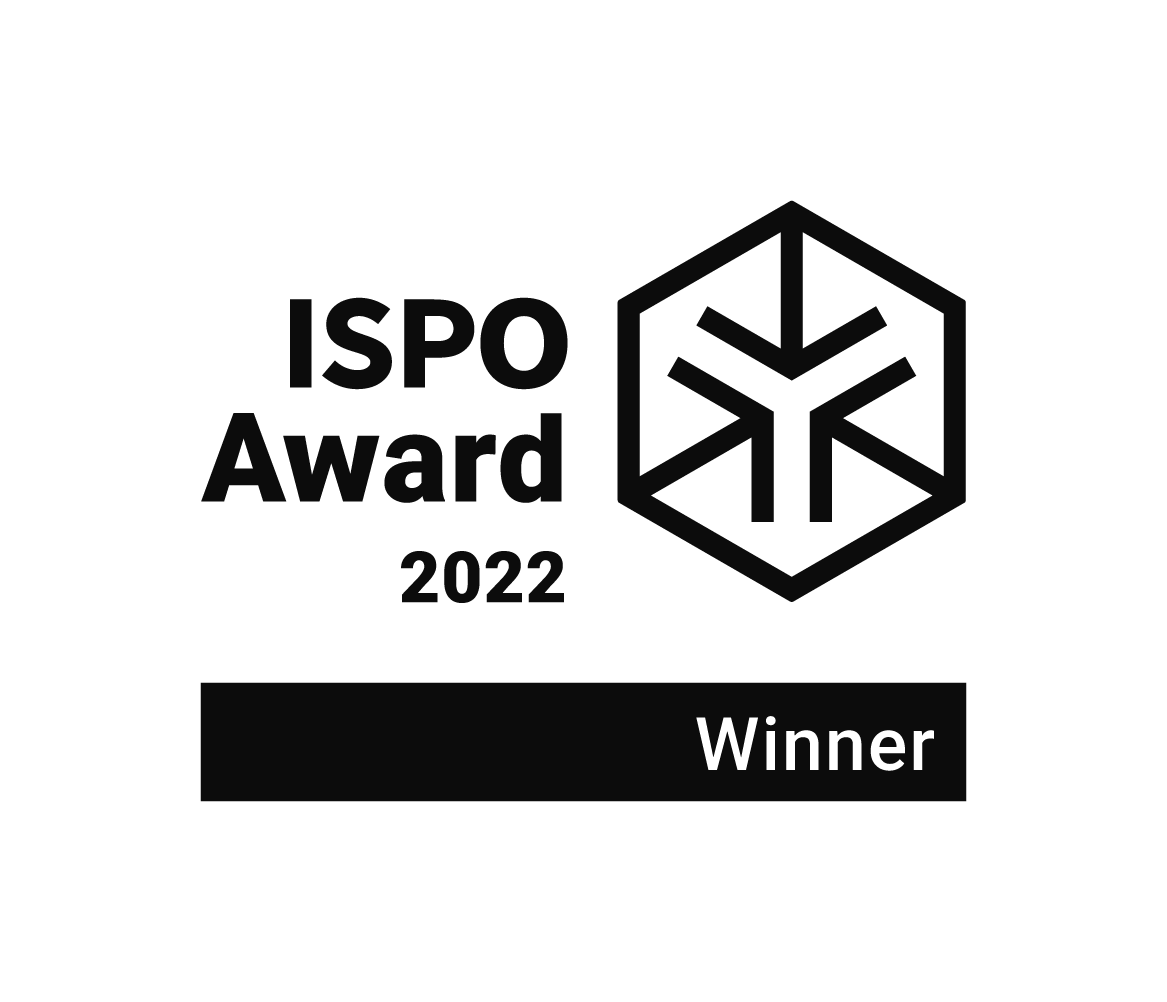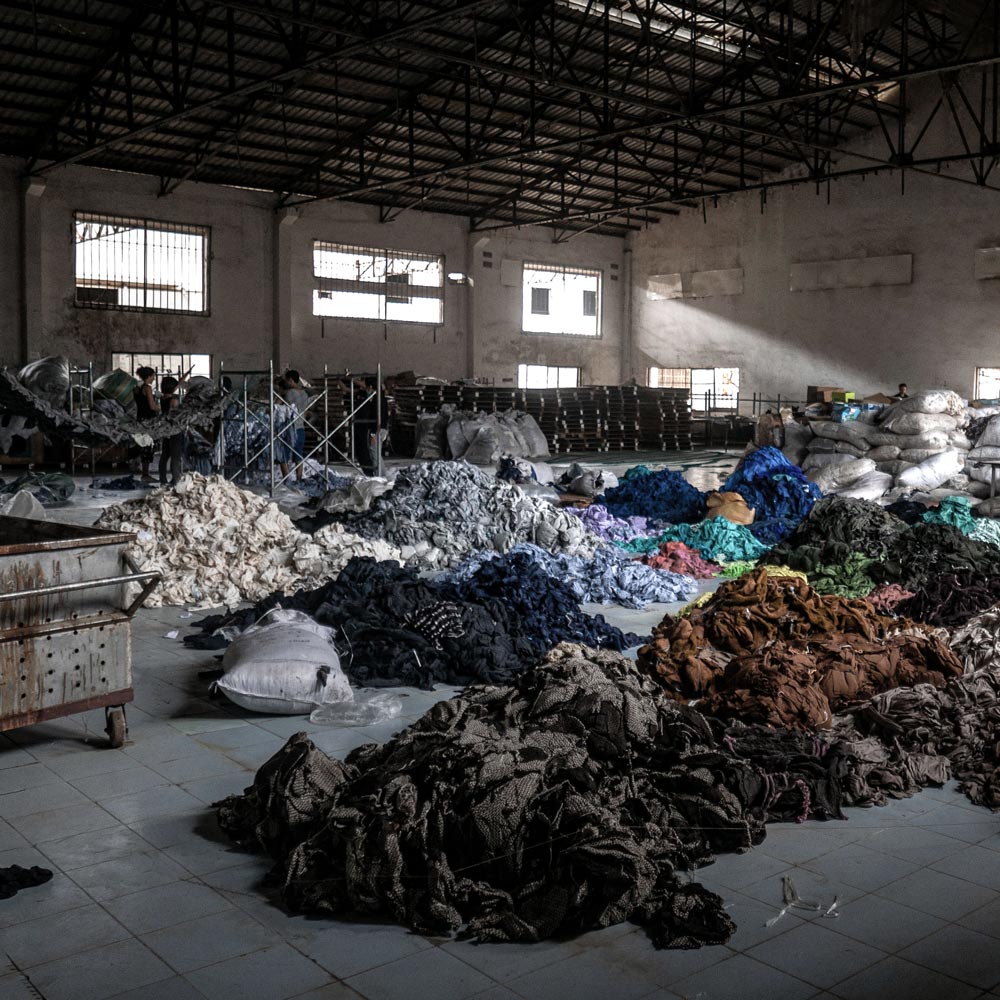
The problem isn’t what we make. It’s what we leave behind.
Most clothing today follows a linear path: make, wear, discard.
Only 1% is ever recycled into new garments.
At Muntagnard, we believe fashion can do better.
And it starts by designing with the full lifecycle in mind.
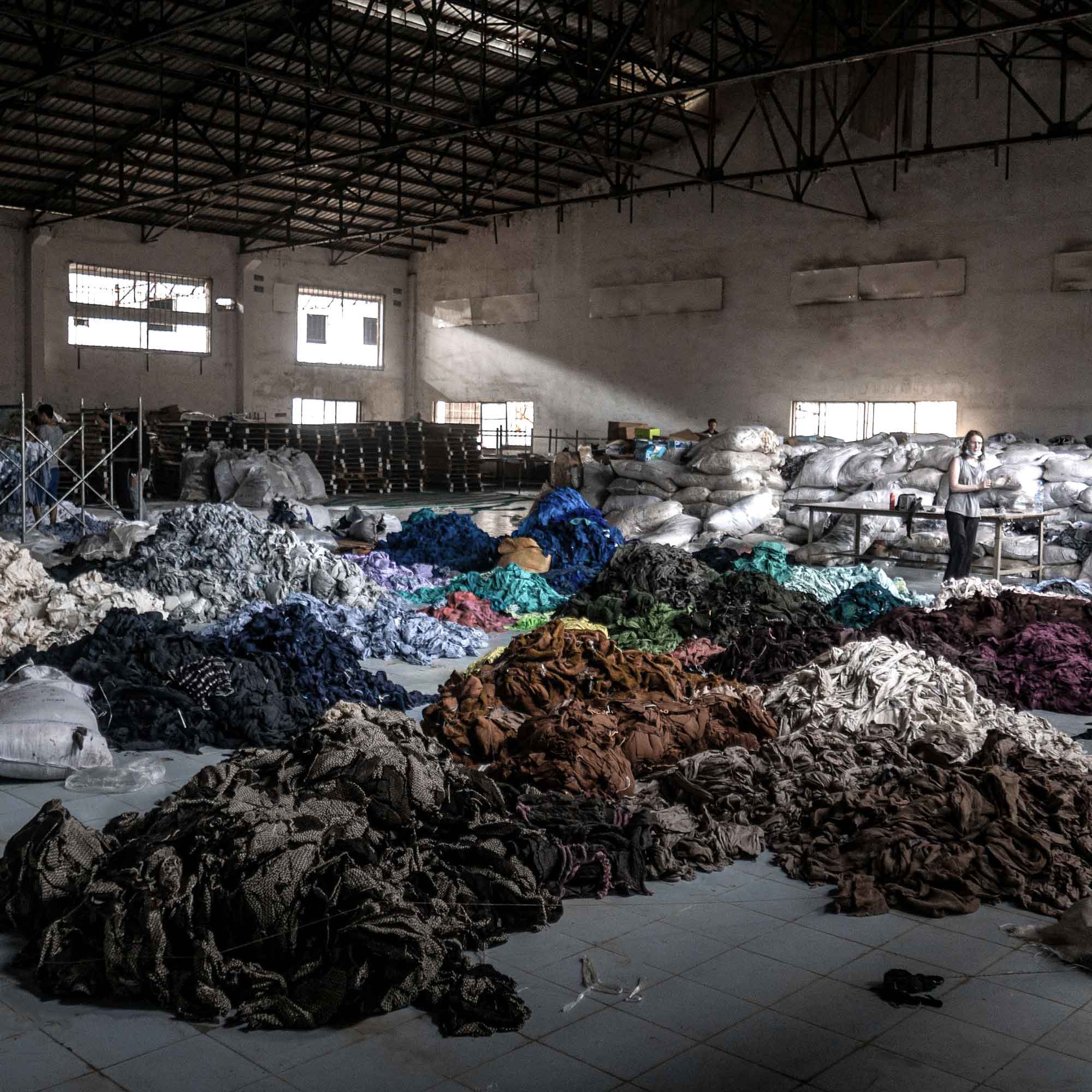
Thinking in Circles.
To us, circularity isn’t a trend. It’s how we design, what we value, and how we take responsibility. Every product we make has a clear next step, not a dead end.
From fabrics to care labels, we start with mono-material construction whenever possible, making it easier for garments to be recycled or returned to nature. And when a blend is necessary, we choose combinations that remain recyclable or safely biodegradable. No toxins. No mixed materials that can’t be separated.
At Muntagnard, every fabric and detail are chosen with circularity in mind. Designed not just for performance and comfort, but for what comes next.
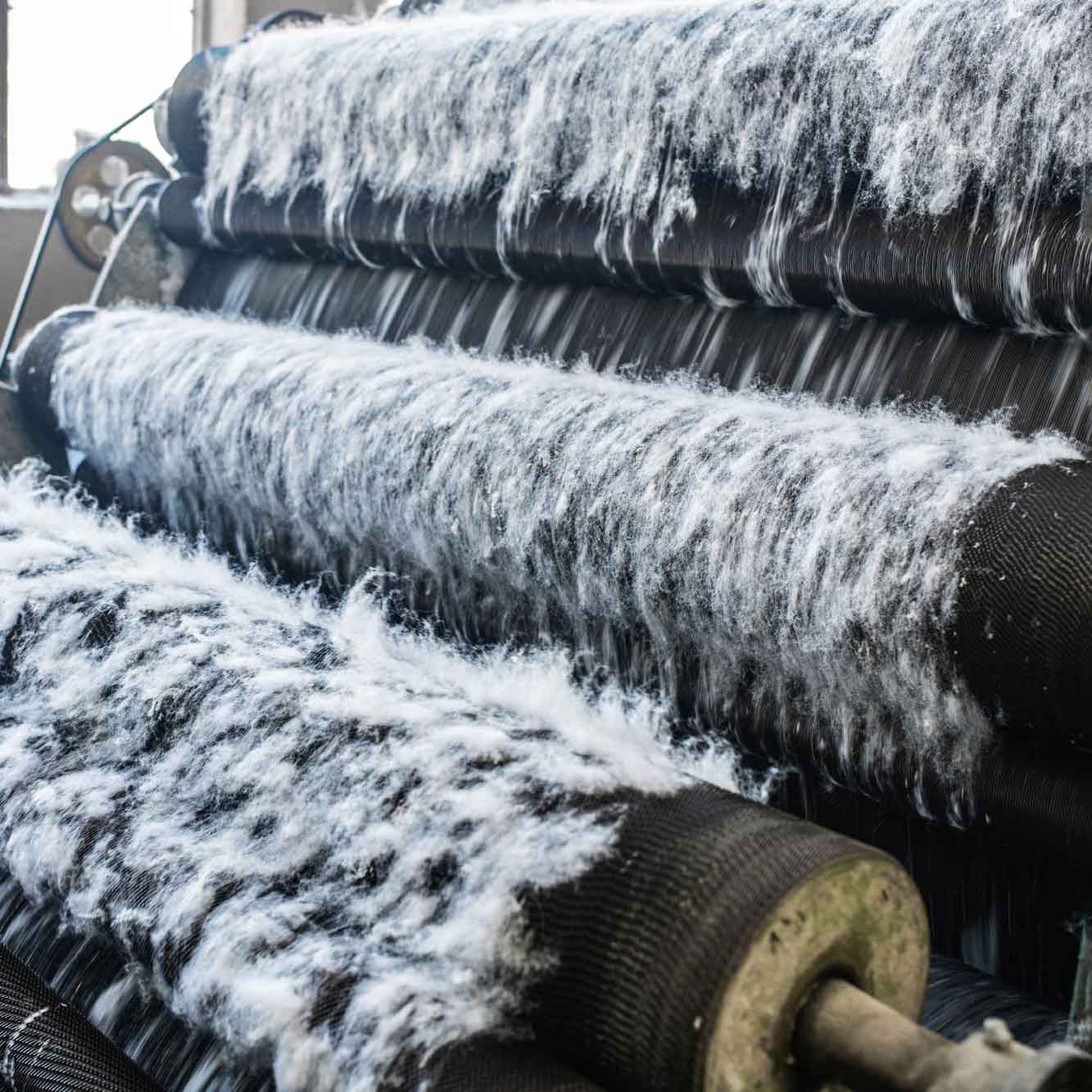
Buy it. Wear it. Send it back.
What we make is designed to be unmade. And that is our commitment to you.
When your Muntagnard garment reaches the end of its life, simply send it back to us. We’ll ensure it’s recycled, repurposed, or naturally broken down in a way that leaves the lightest footprint.
Together, we can bring circularity full circle and move fashion forward.
Our Materials. Circular by Design.
Our approach to circularity starts with innovative fabrics inspired by nature and engineered for a better future.
The 4 principles that guide our thinking, design, and production.
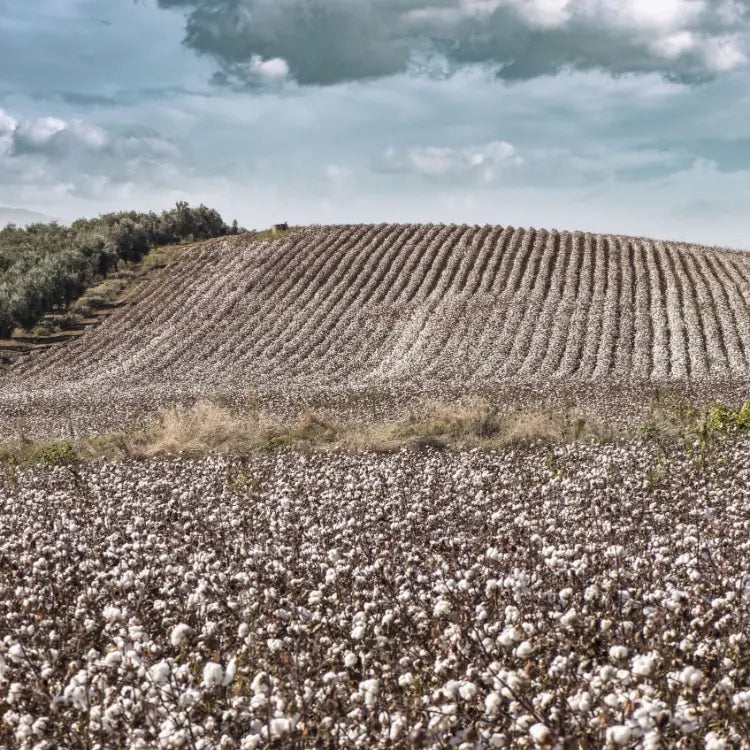
Sustainability
At Muntagnard, sustainability isn't a goal. It's our starting point. It shapes every decision, because how something is made is just as important as how it looks or feels.
Learn more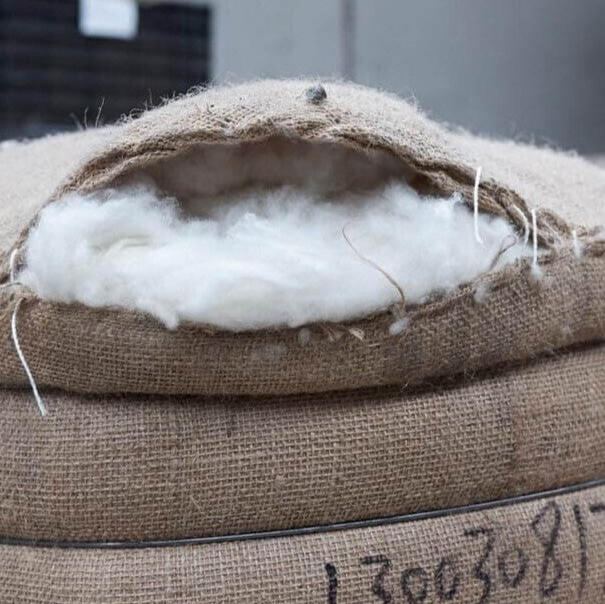
Materials
Sustainability begins with the raw material. We develop materials made from Swiss wool, recycled natural fibers, and innovative natural raw materials – renewable, recyclable, durable, and biodegradable.
Learn more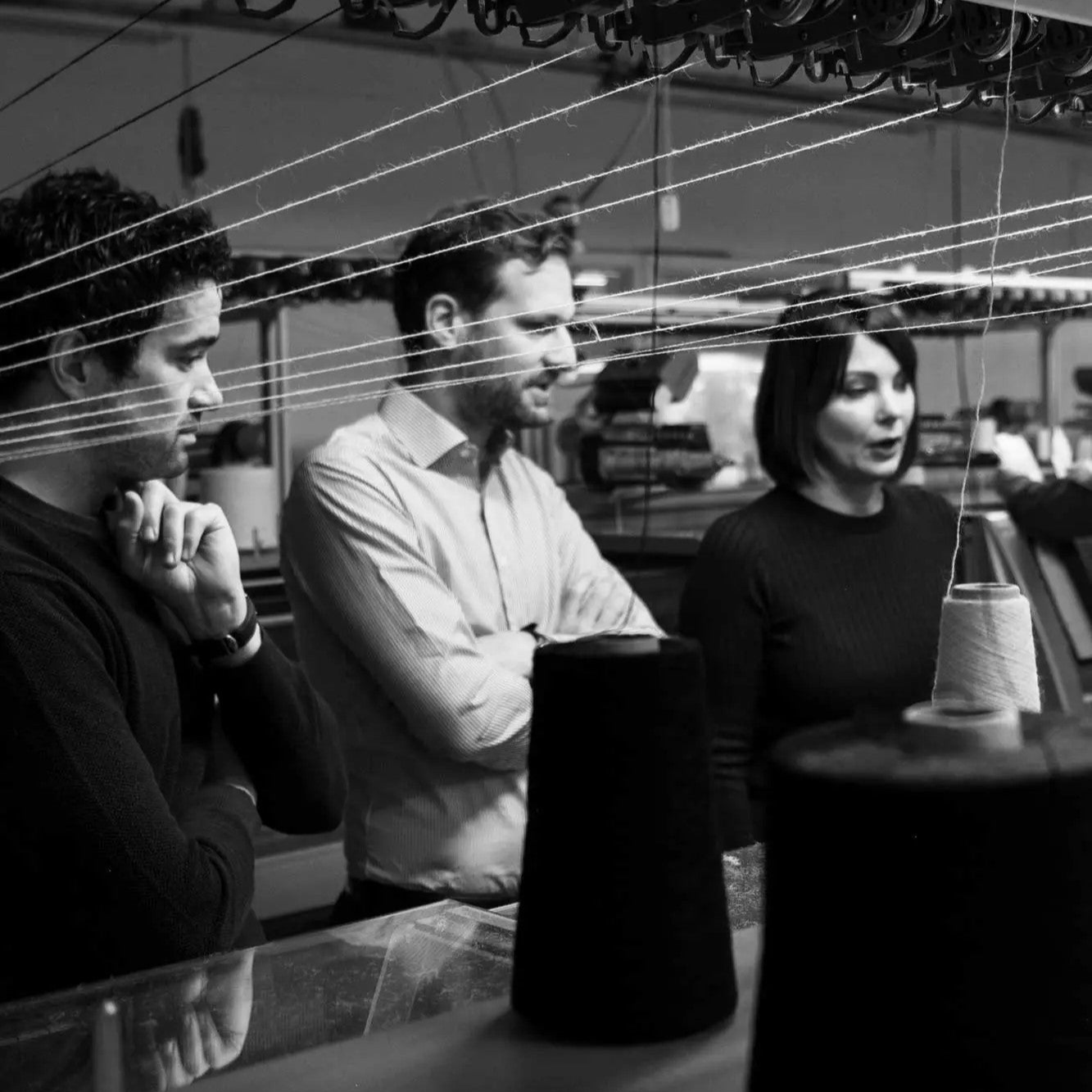
Transparency
Together with our European production partners, we focus on complete traceability – with up-to-date data on every product and transparent product passports. This way, we make the materials, origin, and people behind every garment visible and tell a story behind every product.
Learn more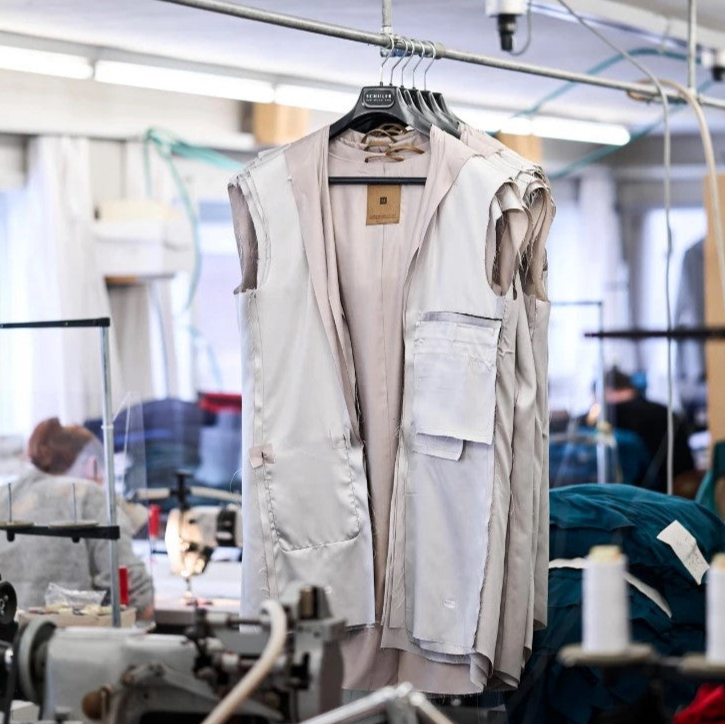
Extend life
Our products stand for timeless design, the highest quality, and exceptional comfort. We use only the finest materials and develop sustainable solutions together with leading European partners. A comprehensive repair service also extends the lifespan of each individual piece.
Learn more


